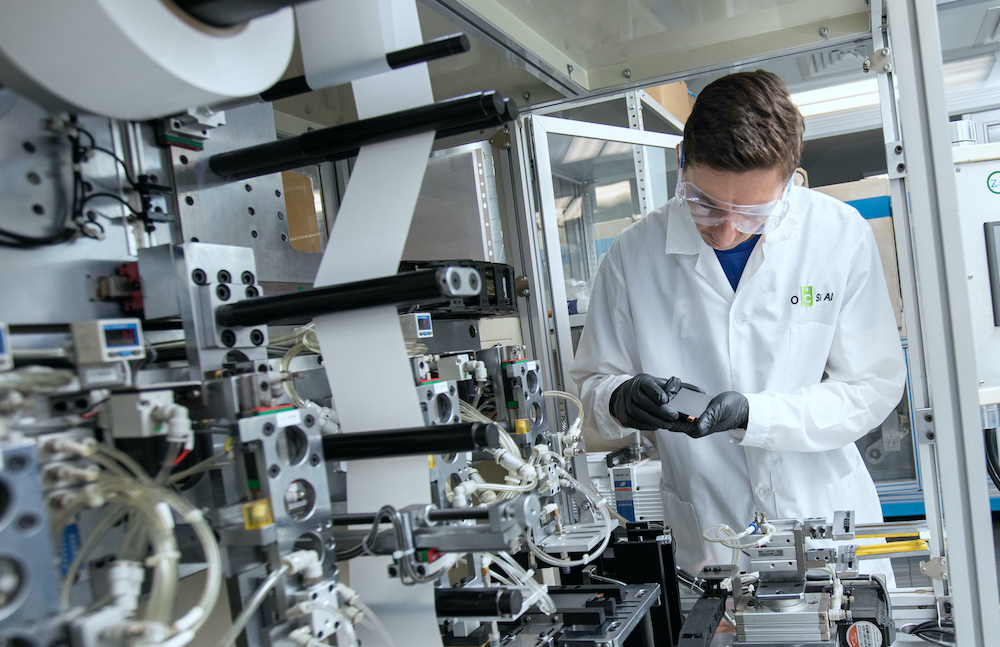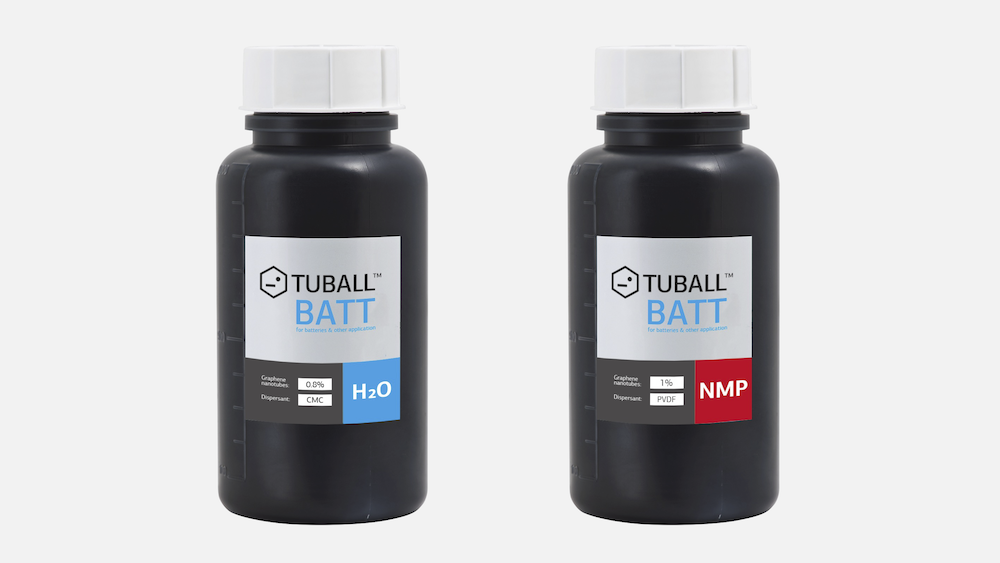- OCSiAl is launching a new product line for Li-ion batteries: dispersions with up to 2.5 times higher graphene nanotube content and reduced cost of properties compared to existing products.
- The new technology allows producers to increase battery performance even further while cutting costs and contributing to more eco-friendly manufacturing.

OCSiAl, a leader in graphene nanotube (single wall carbon nanotube or SWCNT) technology and manufacturing, has expanded its product line for Li-ion batteries with two highly concentrated nanotube dispersions for anodes and cathodes. The new products offer improved cost-efficiency, allow for more sustainable manufacturing, and offer superior performance for batteries over standard solutions, such as multi-wall carbon nanotubes (MWCNTs) or carbon black, which require at least a 10 times higher concentration in the electrode compared to SWCNTs.
Graphene nanotubes are nature’s longest, most flexible material for conductivity and reinforcement of electrodes, compared to alternatives available on the market. Compared to short, rigid MWCNTs or carbon black, SWCNTs create robust long electrical networks between active material particles, improving key battery characteristics, including cycle life, DCR, c-rate performance, and cohesion. This is especially important in systems that tend to suffer from high volume expansion, such as silicon-containing anodes, where OCSiAl’s nanotubes drastically reduce the degradation problem and unlock industrial-scale use of silicon, the highest-capacity active material for anodes. In modern, promising LFP and NCM cathode materials, graphene nanotubes make it possible to create thick electrodes with stable mechanical characteristics thanks to improved cohesion.

A new product line, 1% TUBALL BATT NMP for cathodes and 0.8% TUBALL BATT H2O for anodes, allows producers to improve battery performance even further. The advantages of these brand-new dispersions stem from the high content of graphene nanotubes, which is 2–2.5 times higher than in the current products. “These graphene nanotube concentrations represent the leading values in the industry among all serially produced SWCNT-based dispersions. To introduce the same number of nanotubes into the electrode, less solvent is now used, and thus battery manufacturers can achieve a higher solid content in the slurry. Besides that, a highly concentrated form of dispersions is undoubtedly more cost-effective — it allows for a significant cost-of-properties reduction compared to the existing products,” explains Andrej Seniut, Head of OCSiAl Energy Projects and Senior Vice President.
On top of that, lower material consumption throughout — in dispersion manufacture, transportation, storage, and battery making — reduces logistics costs by 2–2.5 times and significantly contributes to sustainable development.
“The new technology has already made it possible to reduce the cost of nanotubes for the battery industry, while we are already developing a future generation of products that, in addition to the many performance benefits, are intended to bring even more cost-competitive advantages compared to multi-wall carbon nanotubes,” Andrej Seniut added.
Find out more about graphene nanotubes in EV batteries at tuball.com.
